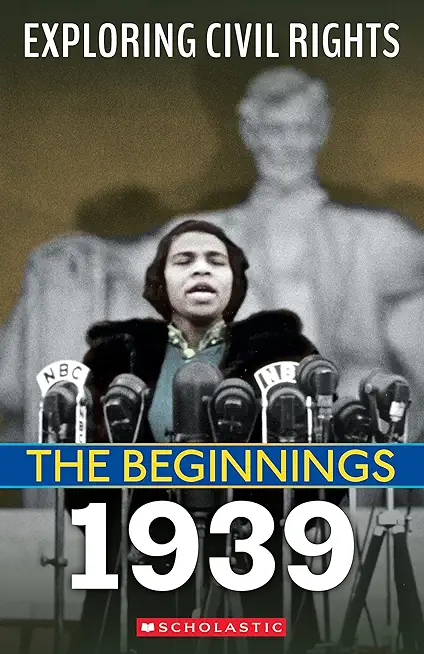
Learn about the key events of the Civil Rights Movement in this exciting and informative series.
The year 1939 was one of constant change in the United States. The decade-long Great Depression left millions of African American families in poverty. A group of activists and attorneys, who would become known as the Black Cabinet, began providing direction and advice to the president. The Civil Liberties Unit and the NAACP Legal Defense Fund successfully brought discrimination cases to court for the first time in American history. The nation watched as the Black opera singer Marian Anderson triumphantly brought the country together with her voice. Finally, at the outbreak of World War II, Black soldiers faced the conflict between fighting for freedom overseas and gaining their own freedom at home in America.
This detailed account explains why 1939 was such a critical year in the civil rights movement.
ABOUT THE SERIES:
The years from 1939 to 1954 were foundational to the civil rights movement. Resistance was often met with violence against Black Americans struggling to end discrimination and segregation. Yet the courage of those yearning for equal opportunities under the law continued to persevere and set the stage for the pivotal events of the late 1950s and 1960s.
With stunning photographs throughout and rich back matter, each book focuses on a specific year and chronologically follows the detailed events that occurred and the changes that took place.
member goods
listens & views

UNDONE: A MUSICFEST TRIBUTE TO ...
by UNDONE: A MUSICFEST TRIBUTE TO ROBERT / VARIOUS
COMPACT DISCout of stock
$18.75

MI-DOR LE-DOR: LADINO MUSICAL / ...
by MI-DOR LE-DOR: LADINO MUSICAL / VARIOUS
COMPACT DISCout of stock
$14.25





